Many people mistakenly think of Jews as looking one way or being from one region. That Ashkenormative perception obscures the incredible and surprising history of the many diverse Jewish communities around the world.
So, let’s dive in. Here are 10 of the most interesting, lesser-known places Jews have lived.
How did Jews get dispersed across the globe?
Before we discuss the wild places we Jews have lived, let’s take a second to understand how we got dispersed across the globe in the first place.
Just over 3,000 years ago, the Israelites were a loose confederation of 12 tribes that coalesced into a united kingdom under the leadership of three kings. King Saul created the monarchy, while his son-in-law, David, established Jerusalem as its capital.
David’s son, Solomon, built the Holy Temple. But, after Solomon’s death, things went downhill. The kingdom split in two, there was a civil war weakening the Northern Kingdom, and after being conquered by the Assyrians, those 10 tribes vanished from history, reappearing in some of the places we’ll explore later.
Just over 100 years later, the Southern Kingdom was also conquered, this time by the Babylonians. There’s a short exile, a triumphant return, a successful war against the Greeks, and an unsuccessful war with the Romans, which ultimately led to the majority of the Jewish community being dispersed across the world.
Welcome to the Diaspora! Let’s explore 10 places Jews have lived.
1. Ethiopia
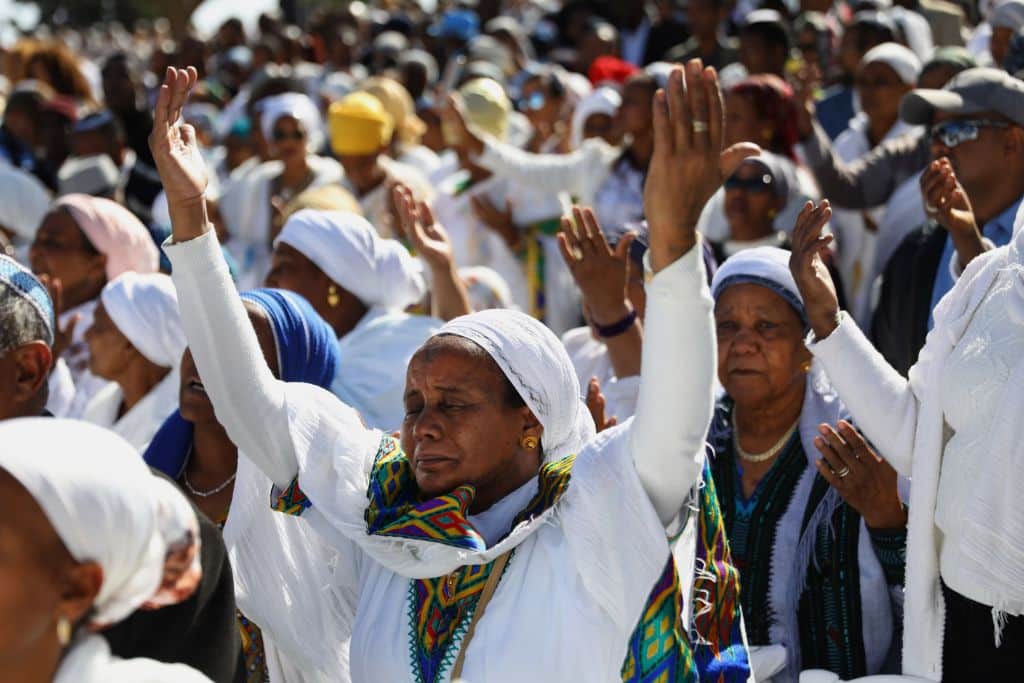
It’s hard to pinpoint exactly how Jews ended up in Ethiopia, but one theory is pretty epic. Remember that nasty civil war between the Northern and Southern kingdoms? Well, that war put the tribe of Dan — whose population was split between Israel and Judah — in a real pickle.
Rather than fight against their own tribe, they all skipped town and moved to Egypt. For a couple hundred years, the community flourished, and even had its own temple!
But when the Romans invaded Egypt in 30 BCE, the Egyptian Jews bet on the wrong horse and sided with Cleopatra. Yet again, they found themselves fleeing and heading south to Ethiopia.
For almost 2,000 years, the Ethiopian community remained isolated from the rest of the Jewish world. During that time, they fought wars, crowned a Jewish queen, and developed their own unique holidays and traditions that continue to this day.
2. Libya
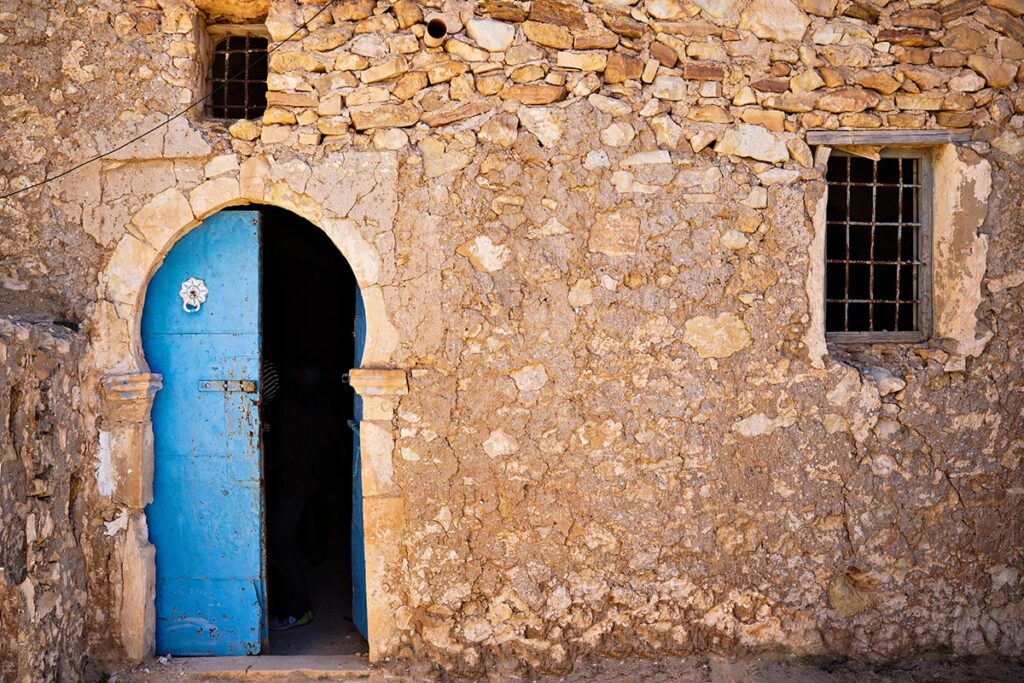
What’s crazy about the Libyan Jewish community is just how far back the archaeology goes. You wouldn’t know it from the most recent census, but the Jewish presence in Libya dates back thousands of years.
There’s a synagogue in Sirte that dates back 3,000 years — the same time as the reign of King Solomon. This means Jews probably arrived in Libya as a part of King Solomon’s vast empire and trading partnerships.
Major Jewish settlement began after Egypt invaded Judah and carted off captives to Cyrenaica. Over 500 years later, after the Romans crushed a Jewish rebellion in Judea and deported boatloads of Jews to Cyrenaica, there was already an established Jewish community there, half a million strong. Half a million Jews! In Libya!
Sadly, the next 2,000 years took their toll on Libya’s Jewish community, who suffered persecution, epidemics, and poverty. By the 20th century, only 16,000 Jews still lived in Libya, most of whom fled to the State of Israel. Today, not a single Jew remains in the country.
3. Yemen
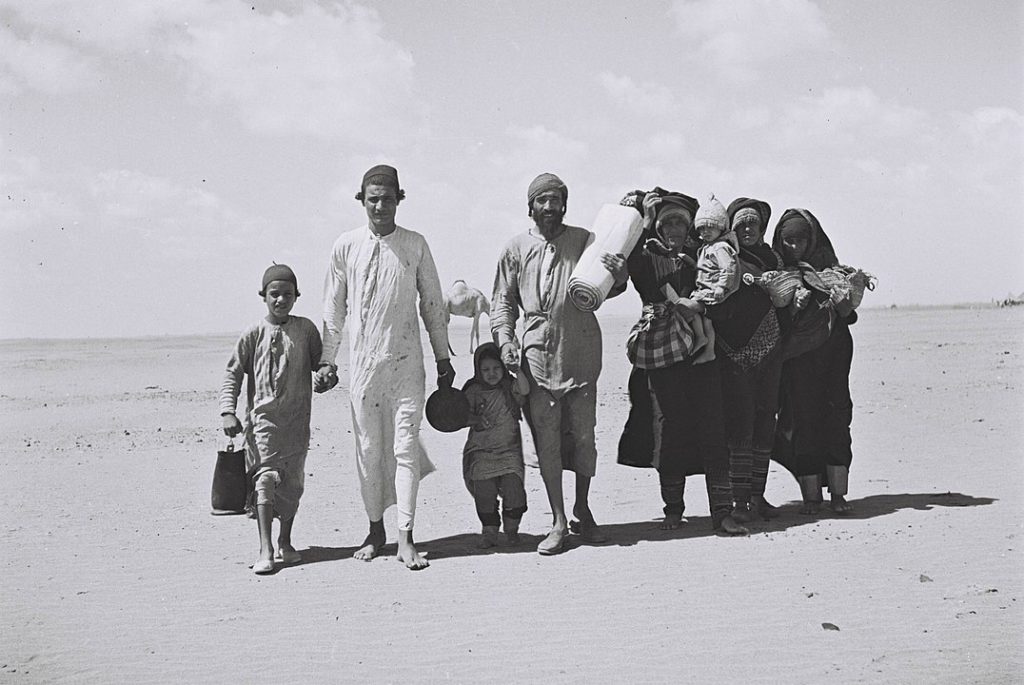
This amazing Jewish community has multiple origin stories, with the most ancient being that King Solomon sent merchant marines to Yemen to find gold and silver for his Temple. Another version dates back to 628 BCE, after the Babylonian conquest of Judah.
The prophet Jeremiah spent some time living with the Jews of Egypt before he decided to lead 75,000 Jews to Yemen. Archeological records of Jewish settlement in Yemen date back to the second century BCE, including the construction of synagogues.
That’s more than a hundred years before Jesus. After the last great Jewish revolt against the Romans, a huge influx of Jews came to Yemen, cementing what would become a strong Jewish community for thousands of years.
Most Yemenite Jews were airlifted to Israel in 1949, where they transformed Israeli culture. Today, many consider their pronunciation of Hebrew to be the closest to how ancient Hebrew sounded thousands of years ago.
4. Cochin
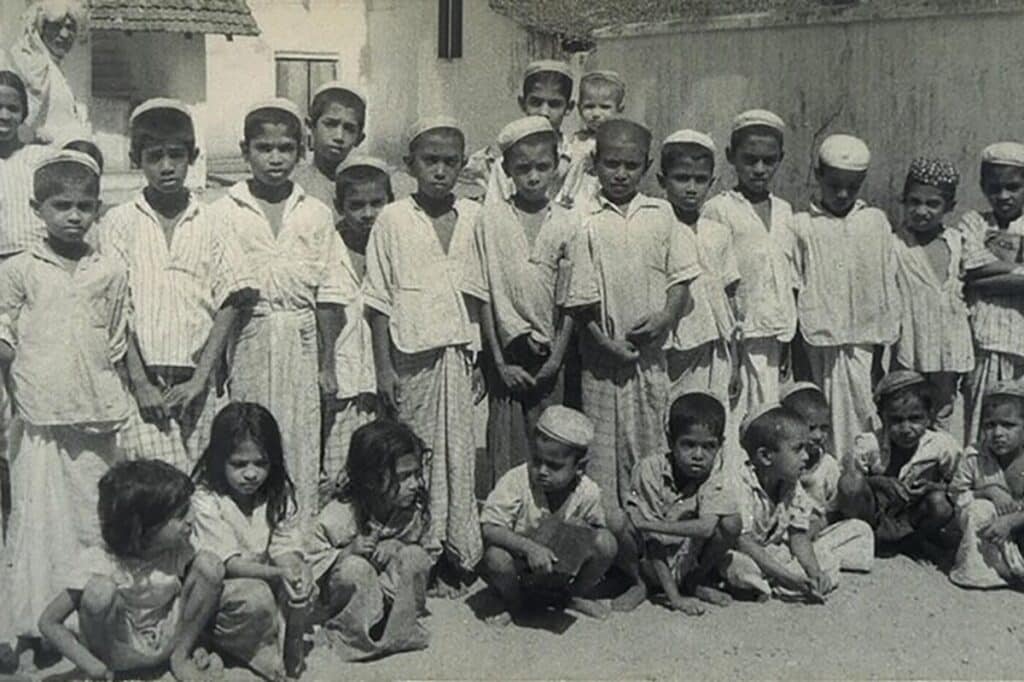
If you’ve ever been in a pool, you likely know the game “Marco Polo,” named after a Venetian Catholic explorer who traveled the known world in the late 13th century.
The Jewish version of that game (with more rules but roughly the same amount of guilt) would be Benjamin Tudela, named after a Spanish Jewish explorer who lived over 100 years earlier. Take that, Marco Polo!
One of the coolest communities Tudela wrote about was the Jews of Cochin, India. Though he visited in the 12th century, the community told him that they had already been there for 2,000 years (again, since the time of King Solomon).
Just like in Libya, Jews probably arrived there as a part of King Solomon’s vast empire and trading partnerships. Props to King Solomon for being the godfather of Jewish ethnic diversity!
That said, it’s also possible the community started a few hundred years later, after the destruction of the first Temple in Jerusalem. All that conjecture aside, the first written reference to Jews arriving in India is around the first century in 70 CE, which is still a crazy long time ago!
Fast forward to 1492, Spain enacted the Alhambra Decree, expelling its Jewish population. Eventually, a few Spanish Jewish families ended up in Cochin, where they became known by the local Cochin Jews as “Foreign Jews,” and the two communities remained distinct from one another.
Finally, in the 19th century, Jews from Baghdad and other parts of the Arab world moved to Southern India and joined the now well-established community of “Foreign Jews.”
After the British occupation of India ended and the State of Israel was founded, most of the Cochin Jews moved to Israel, while the more anglicized Foreign Jews mostly went to commonwealth countries.
5. The Caucasus Region (mainly Azerbaijan)
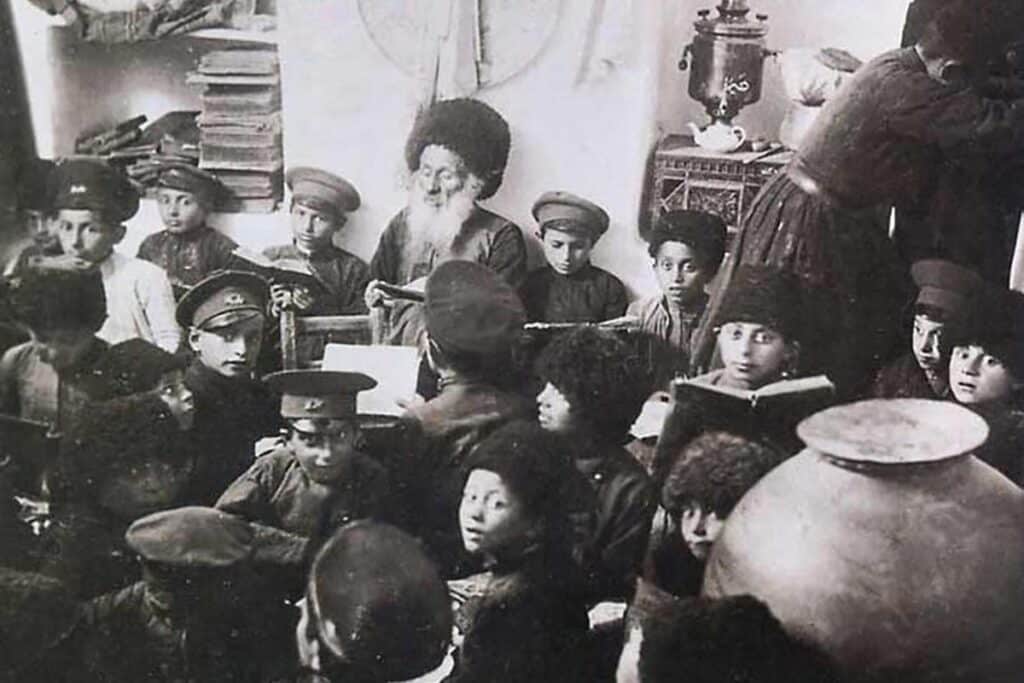
These Mountain Jews, as they’re called, were as hardcore as they sound, known for being accomplished warriors and horseback riders. They arrived in Persia (a.k.a. Iran) as early as the eighth century BCE and migrated to the Caucasus sometime between the third and seventh century CE.
Legend has it that these Mountain Jews were the Persian Empire’s “Guardians of the North,” sent to the mountainous Caucasus to block any troublemakers from making their way to Persia.
By the 17th century, these mountain Jews even had a semi-independent Jewish state, known locally as the Jewish Valley! But, wars, massacres and migration left most Mountain Jews urbanized by the time of a Soviet census in the 20th century.
Today, while they mostly live in Israel, Mountain Jews make up the only population center outside of Israel that is exclusively Jewish. The town of Girmizi Gasaba, in Azerbaijan, is essentially the last Jewish shtetl, with its entire population made up of OG Mountain Jews.
6. Mali
Jewish history in Mali begins with the Radhanites in the 8th century. You read that right. Radhanites. From the 8th to 10th centuries, these Jewish merchants traveled the known world, serving as the connective tissue of trade between the Muslim and Christian worlds, as well as parts of India and China.
One of their bases was in Mali where they founded a Jewish community. Roughly 700 years later, more Jews fled Mali after, you guessed it, the Alhambra Decree.
But, the Muslim ruler at the time didn’t take kindly to the influx of Jews and threatened to kill anyone who didn’t convert to Islam. They just couldn’t catch a break, could they?
While some converted, most fled. The few who remained lived in the town of Tindirma, where they were Mali’s only organized Jewish community until the arrival of a handful of Moroccan Jews in 1860.
But by the 1900s, the Jewish community in Mali had disappeared. Today, though, there is a small revival of Jewish identity among some of the descendants of the original Jews of Mali.
7. Kaifeng
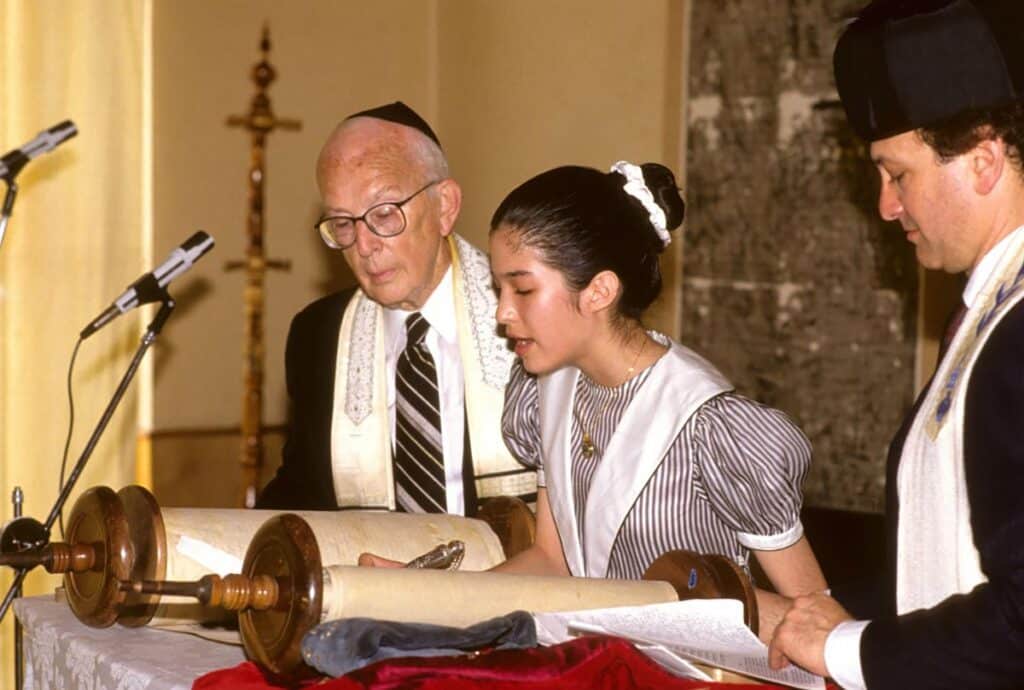
The same Radhanite merchants who founded Mali’s Jewish community also made their way to China and it’s possible that they had founded some of the first Chinese Jewish communities, with the second wave of Jews coming from Persia.
The Chinese Jewish community lasted hundreds of years, and by the 17th century, there were 73 Jewish clans and 500 Jewish families in Kaifeng.
Chinese Jewish clans! How awesome and crazy is that? But, in order to uproot individual cultural identities, the Ming Dynasty had laws mandating intermarriage.
By the 19th century, intermarriage and assimilation had decimated the tiny community, though today some of their descendants have begun to explore their Jewish roots and even return to Israel.
8. Guyana & Suriname
After the Alhambra Decree, which expelled the Jews from Spain and Portugal, many Portuguese Jews fled to the Netherlands and the growing Dutch colonies in the New World.
The Dutch weren’t huge fans of Jews, having persecuted them on and off for hundreds of years. But, the Dutch had the preeminent naval fleet, and the Portuguese Jews knew trade.
Together, they did some pretty crazy things, like founding a Jewish community in Dutch Guyana and even bankrolling a few Jewish pirates to attack the Spanish Armada. Yup, literal “Jewish Pirates of the Caribbean.”
After a British incursion destroyed their community, most Guyanese Jews fled to Suriname, which became home to the largest Black Jewish population in the Caribbean.
Originally, most Afro-Surinamese Jews had converted to Judaism because of their Jewish slave owners. But by the end of the 18th century, Suriname was home to several generations of Jews of Color from birth.
By the early 19th century, the formerly segregated Surinamese Jewish community had united, and, by some accounts, most Suranamese Jews are believed to have at least one African ancestor.
9. Shanghai
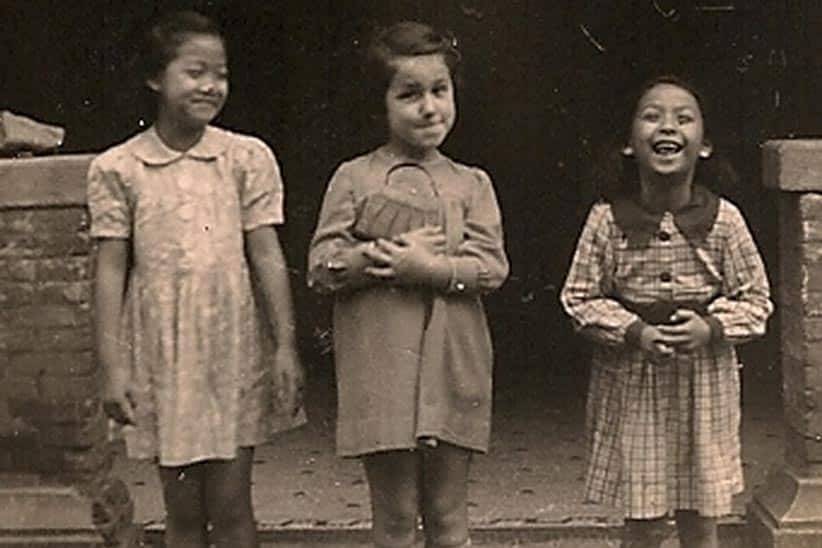
The story of the Jews of Shanghai is awesome, and because it’s less than 200 years old, there are a lot of primary sources you can explore. Here’s the short version.
In the early 1800s, the Baghdadi Sassoon family, which was based in India, had established strong trade links in China, sending goods to Europe like silk, tea, and…opium. Lots of opium.
When Chinese trade with the West officially opened, the Sassoons set up shop in Shanghai and shipped a veritable army of Jewish clerks to the city, thus establishing the Jewish community of Shanghai.
The community swelled when Sephardic Jews from the British empire showed up, joined by Russian Jews fleeing the Communist revolution.
In 1941, the famous Mir Yeshiva moved several thousand students and their families to Shanghai in order to escape the Soviet communists.
When the Nazis took power in Germany, Shanghai was one of the only welcoming ports where Jews could flee. But after the Japanese occupation, 23,000 Jews were forced into what became known as the Shanghai Ghetto for the duration of the war.
They were put there for security reasons, the Jews having no love for Japan’s wartime ally, Germany. But the Japanese weren’t antisemites and repeatedly refused German demands to hand over the Jews of Shanghai.
After the war, there were roughly 35,000 Jews in Shanghai, but nearly all fled the Chinese communist advance, dispersing to Jewish communities around the world.
10. The Land of Israel
This is wild for two reasons. First, because we never left, and second, because we’re also back! Sounds contradictory? Here at Unpacked, we call it complexity.
While the Jewish people were dispersed around the world for thousands of years, there were always communities that remained in the holy land.
Despite terrible persecution, economic turmoil, and endless wars, the Jewish people never gave up or lost hope, keeping a Gila Monster grip on our homeland for generations.
And, if that isn’t enough, what is even wilder is that after wandering the world, making our way to places like China, Iran, the Caucasus’, the Americas, and Africa, after millennia of persecution and assimilation, after watching so many other empires, nations, and peoples relegated to the dustbin of history, here we are: millions of Jews living in an autonomous Jewish state in our ancestral homeland. And that is the most amazing story of all.
